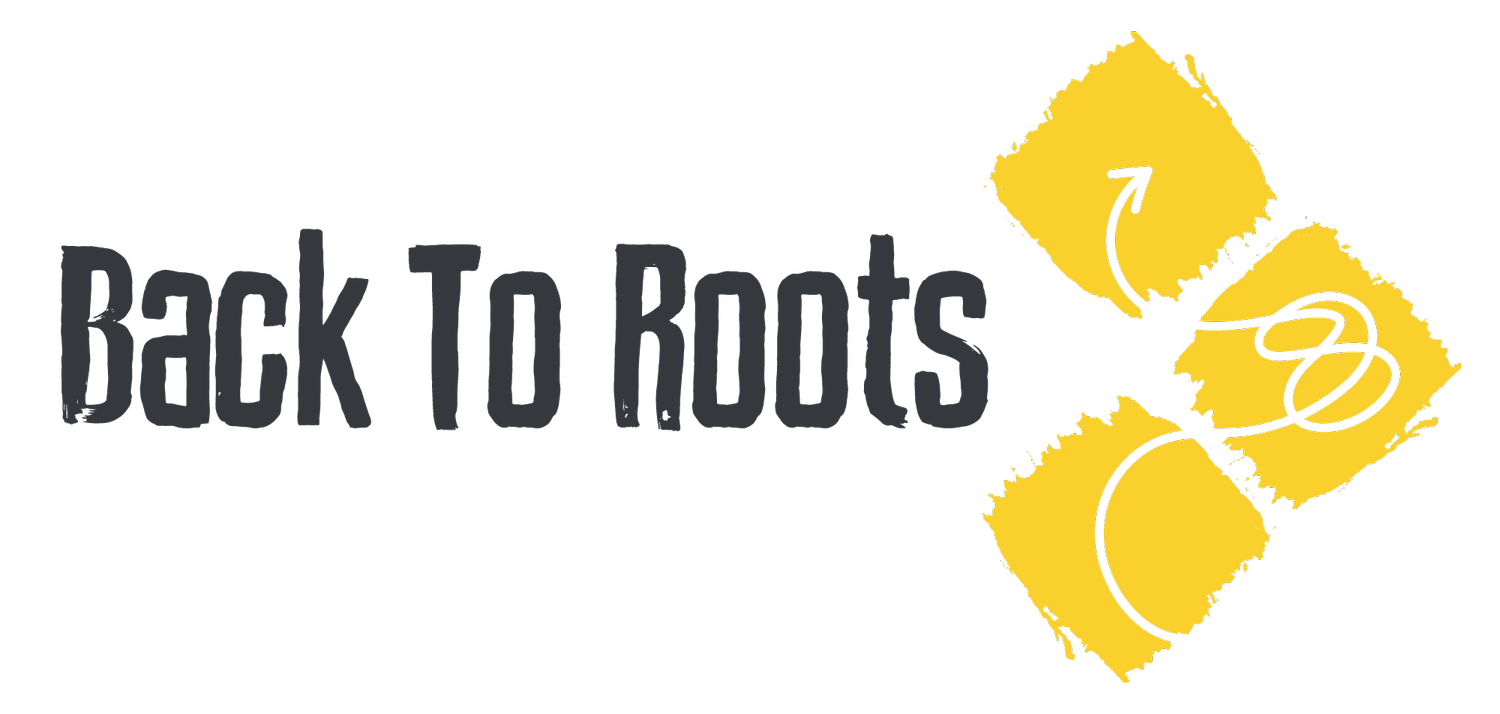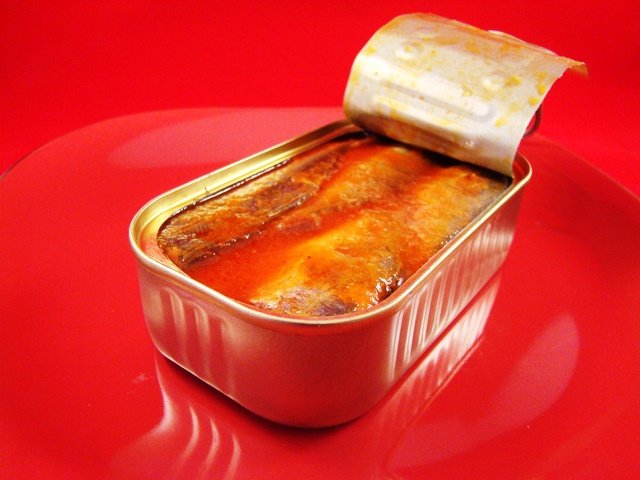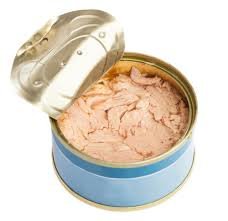Eating Habits VIII - Snacking for your protein
It is important to understand that a significant proportion of our daily protein is achieved through nutritious wholesome meals including a variety of meat, fish, beans and dairy.
The reality however is that for a 190 pound (approx. 13 stone 6 pounds) male who is training regularly, relatively lean and trying to gain muscle mass will not be able to achieve his protein goals through meals alone. Assuming that he wanted to gain 6 pounds of muscle and maintain current fat levels he would be required to eat 196 grams of protein per day (1 gram of protein per pound of target lean body mass), accurate snacking becomes important!
The literature regarding maximal protein intake per day, per meal and building lean muscle tissue is unsurprisingly grey. For deeper reading into the science readers are directed to Dr Brad Schoenfield [HERE], largely held as the industry leader in evidence-based hypertrophy content, see his conclusions below:
Considering the limitations of the body of literature, here’s the take-home message based on current evidence: While certainly a threshold exists beyond which protein will be oxidized for energy rather than used for tissue-building purposes, the amount appears to be well above the often cited 20-30 gram limit provided that nutrients are obtained from whole-food based mixed meals. Given that the anabolic effect of a protein-rich meal lasts approximately 5-6 hours (8), a good rule-of-thumb for maximizing muscle growth would is to consume a minimum of 3-4 evenly distributed daily meals containing at least 30 grams of a high quality protein. Within these boundaries, it probably doesn’t matter how you allocate the rest of your protein consumption on a per-meal basis – just make sure you take in close to a gram per pound of body weight per day.
Brad Shoenfield, 2016
Some helpful protein snacks might include:
Iclandic yogurt (skyr) and fruit flavoured quark (warmed sour milk). Similar options may include natural greek yogurt and cottage cheese. The protein and calorie content in these dairy foods are truly impressive. In combination with how delicious these are it is not by coincidence these are top of the list.
Biltong (pictured) is similar to beef jerky, also a great high protein snack. Biltong is spiced, cured then dried strips of beef whereas jerky is cooked then dried. Most supermarkets stock packets of these making them a great option on the go. However, these can be expensive.
Pictured above is tuna and mackerel but really the message is canned fish (salmon, sardines, pilchards....). I prefer a brine or oil base however some people need a little more of a distinct taste to enjoy these. These are stocked almost everywhere making them a great emergency protein snack. Maybe go for a ring-pull can option, unless you carry a tin opener??
Hard boiled eggs. Really easy to put onto boil while preparing your breakfast for later in the day.
LUKE R DAVIES SECRET RULE
Two fundamental principles of 'lean living' are total calories and total protein. If a case can be made for something contributing towards your protein goal that violates Alan Aragons 'whole or minimally processed foods' rule then it does NOT count as part of your 10 percent 'junk'. This is a method I have used time over both myself and with clients. If you love chocolate and can get the same satisfaction out of a protein bar as you would a less nutritious bar, then this could be the difference between adhering to a long term positive eating shift as oppose to the wheels coming off due to feeling restricted.
It is up to you to be able to rationalise whether something is actually contributing to your protein goal or not. Whey protein has an extensive grounding in the research regarding its health benefits, covered here. It is not difficult to make a case for the benefits of a protein bar containing whey.
People will often claim the long names and ingredient lists to be significantly detrimental to your health. The argument is strikingly similar to that of trans fats, covered here. In light of the bigger picture of general healthy habits such as regular exercise, training, low stress and avoidance of alcohol and tobacco, we are a robust enough species that we handle most things in small amounts absolutely fine. If 90 per cent of your diet is avoiding long ingredient lists on packages, you don't need to worry about a protein bar.
Trial and error is how most effective plans initially take shape.
There is no such thing as a magic protein bar. A protein bar is only as effective as the diet it is part of. However, they can taste great and are a great example of how to apply Luke R. Davies secret 10% violation rule.
Read on to part IX where we will discuss how to snack for your ninety per cent
Luke R. Davies :)
REFERENCES
1. Shoenfield, B. (2016). Is There a Limit to how much Protein you can use for Muscle Building in One Sitting? www.lookgreatnaked.com - accessed 6.1.17.






